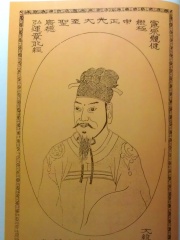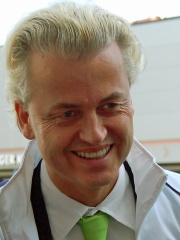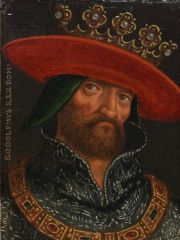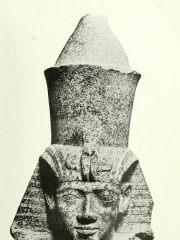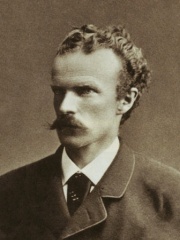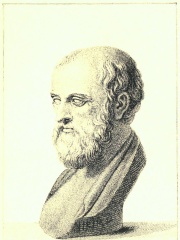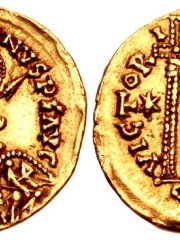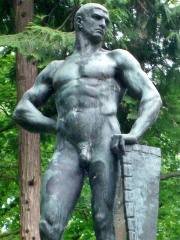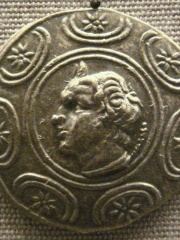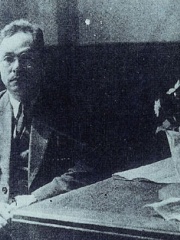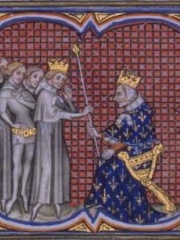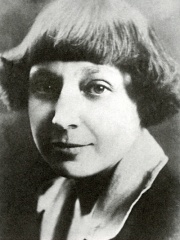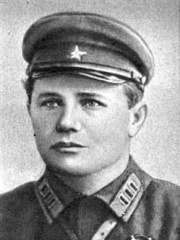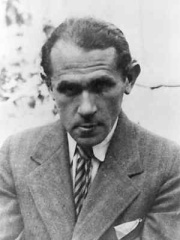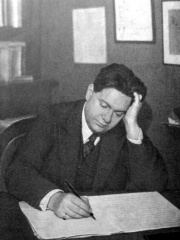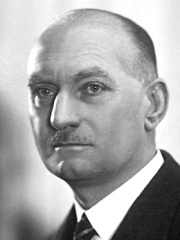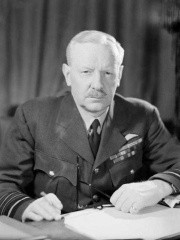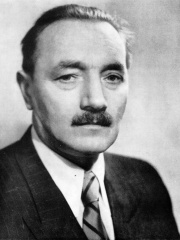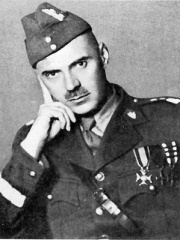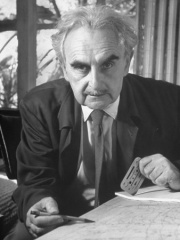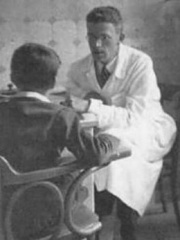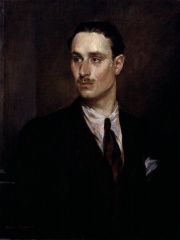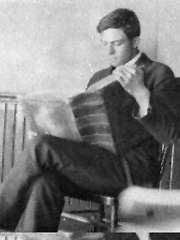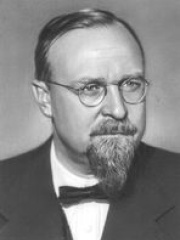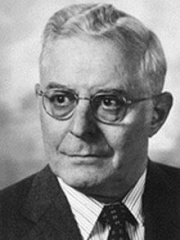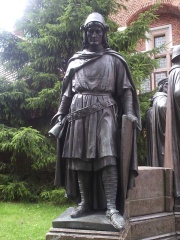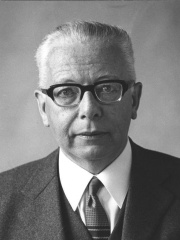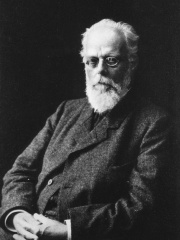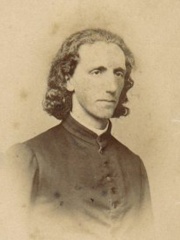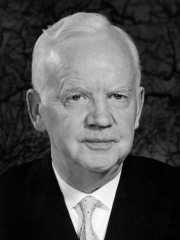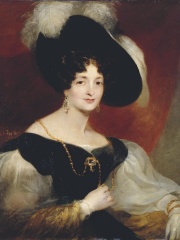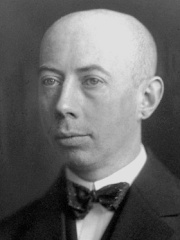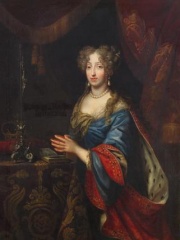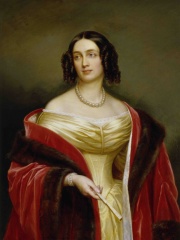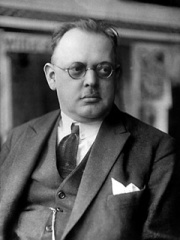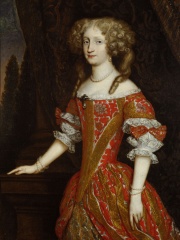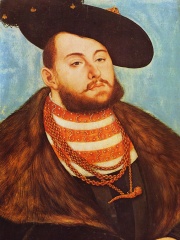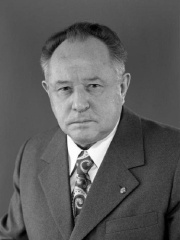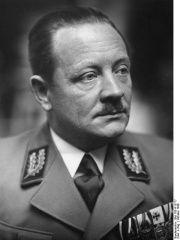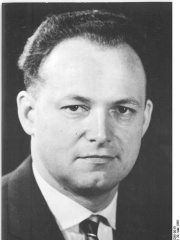POLITICIAN
Princess Victoria Louise of Prussia
1892 - 1980
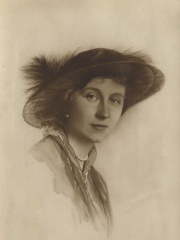
 Princess Victoria Louise of Prussia
Princess Victoria Louise of Prussia
Princess Victoria Louise of Prussia (German: Viktoria Luise Adelheid Mathilde Charlotte; 13 September 1892 – 11 December 1980) was the only daughter and the last child of Wilhelm II, German Emperor, and Augusta Victoria of Schleswig-Holstein. Through her father, Victoria Louise was a great-granddaughter of Queen Victoria of the United Kingdom. Victoria Louise's 1913 wedding to Prince Ernest Augustus of Hanover was the largest gathering of reigning monarchs in Germany since German unification in 1871, and one of the last great social events of European royalty before the First World War began fourteen months later. Read more on Wikipedia
Since 2007, the English Wikipedia page of Princess Victoria Louise of Prussia has received more than 1,726,257 page views. Her biography is available in 32 different languages on Wikipedia (up from 29 in 2019). Princess Victoria Louise of Prussia is the 2,292nd most popular politician (down from 1,726th in 2019), the 628th most popular biography from Germany (down from 480th in 2019) and the 168th most popular German Politician.
Princess Victoria Louise of Prussia is most famous for being the daughter of Kaiser Wilhelm II, the last German Emperor and King of Prussia.
Memorability Metrics
1.7M
Page Views (PV)
64.77
Historical Popularity Index (HPI)
32
Languages Editions (L)
6.48
Effective Languages (L*)
2.73
Coefficient of Variation (CV)
Page views of Princess Victoria Louise of Prussias by language
Over the past year Princess Victoria Louise of Prussia has had the most page views in the English wikipedia edition with 275,860 views, followed by German (78,767), and Spanish (44,519). In terms of yearly growth of page views the top 3 wikpedia editions are Indonesian (407.95%), Ukrainian (64.59%), and Breton (45.36%)
Among POLITICIANS
Among politicians, Princess Victoria Louise of Prussia ranks 2,292 out of 19,576. Before her are Heonjong of Joseon, Geert Wilders, Rudolf I of Bohemia, Burhanuddin Rabbani, Senusret II, and Karl Theodor, Duke in Bavaria. After her are Nicias, Athalaric, Gaius Marcius Coriolanus, Antigonus II Gonatas, Pak Hon-yong, and Childebert II.
Most Popular Politicians in Wikipedia
Go to all RankingsHeonjong of Joseon
1827 - 1849
HPI: 64.79
Rank: 2,286
Geert Wilders
1963 - Present
HPI: 64.79
Rank: 2,287
Rudolf I of Bohemia
1281 - 1307
HPI: 64.78
Rank: 2,288
Burhanuddin Rabbani
1940 - 2011
HPI: 64.78
Rank: 2,289
Senusret II
1900 BC - 1879 BC
HPI: 64.78
Rank: 2,290
Karl Theodor, Duke in Bavaria
1839 - 1909
HPI: 64.77
Rank: 2,291
Princess Victoria Louise of Prussia
1892 - 1980
HPI: 64.77
Rank: 2,292
Nicias
500 BC - 413 BC
HPI: 64.77
Rank: 2,293
Athalaric
516 - 534
HPI: 64.77
Rank: 2,294
Gaius Marcius Coriolanus
600 BC - 500 BC
HPI: 64.76
Rank: 2,295
Antigonus II Gonatas
319 BC - 239 BC
HPI: 64.76
Rank: 2,296
Pak Hon-yong
1900 - 1955
HPI: 64.76
Rank: 2,297
Childebert II
570 - 595
HPI: 64.76
Rank: 2,298
Contemporaries
Among people born in 1892, Princess Victoria Louise of Prussia ranks 40. Before her are Marina Tsvetaeva, Andrey Yeryomenko, Robert Ritter von Greim, Bruno Schulz, Darius Milhaud, and Corneille Heymans. After her are Arthur Friedenreich, Sir Arthur Harris, 1st Baronet, Bolesław Bierut, Władysław Anders, Richard Neutra, and Alexandre Koyré. Among people deceased in 1980, Princess Victoria Louise of Prussia ranks 30. Before her are Hans Asperger, Oswald Mosley, Romain Gary, Milton H. Erickson, John Bonham, and Fritz Strassmann. After her are Alexander Oparin, Óscar Romero, Gregory Bateson, Hans Morgenthau, Alejo Carpentier, and William Howard Stein.
Others Born in 1892
Go to all RankingsMarina Tsvetaeva
WRITER
1892 - 1941
HPI: 66.05
Rank: 34
Andrey Yeryomenko
MILITARY PERSONNEL
1892 - 1970
HPI: 65.80
Rank: 35
Robert Ritter von Greim
POLITICIAN
1892 - 1945
HPI: 65.75
Rank: 36
Bruno Schulz
WRITER
1892 - 1942
HPI: 65.69
Rank: 37
Darius Milhaud
COMPOSER
1892 - 1974
HPI: 65.66
Rank: 38
Corneille Heymans
PHYSICIAN
1892 - 1968
HPI: 65.32
Rank: 39
Princess Victoria Louise of Prussia
POLITICIAN
1892 - 1980
HPI: 64.77
Rank: 40
Arthur Friedenreich
SOCCER PLAYER
1892 - 1969
HPI: 64.12
Rank: 41
Sir Arthur Harris, 1st Baronet
PILOT
1892 - 1984
HPI: 63.99
Rank: 42
Bolesław Bierut
POLITICIAN
1892 - 1956
HPI: 63.52
Rank: 43
Władysław Anders
POLITICIAN
1892 - 1970
HPI: 63.44
Rank: 44
Richard Neutra
ARCHITECT
1892 - 1970
HPI: 63.20
Rank: 45
Alexandre Koyré
PHILOSOPHER
1892 - 1964
HPI: 62.85
Rank: 46
Others Deceased in 1980
Go to all RankingsHans Asperger
PHYSICIAN
1906 - 1980
HPI: 66.78
Rank: 24
Oswald Mosley
POLITICIAN
1896 - 1980
HPI: 66.13
Rank: 25
Romain Gary
WRITER
1914 - 1980
HPI: 65.98
Rank: 26
Milton H. Erickson
PSYCHOLOGIST
1901 - 1980
HPI: 65.59
Rank: 27
John Bonham
MUSICIAN
1948 - 1980
HPI: 65.20
Rank: 28
Fritz Strassmann
CHEMIST
1902 - 1980
HPI: 64.85
Rank: 29
Princess Victoria Louise of Prussia
POLITICIAN
1892 - 1980
HPI: 64.77
Rank: 30
Alexander Oparin
BIOLOGIST
1894 - 1980
HPI: 64.54
Rank: 31
Óscar Romero
RELIGIOUS FIGURE
1917 - 1980
HPI: 64.29
Rank: 32
Gregory Bateson
ANTHROPOLOGIST
1904 - 1980
HPI: 64.19
Rank: 33
Hans Morgenthau
POLITICAL SCIENTIST
1904 - 1980
HPI: 63.99
Rank: 34
Alejo Carpentier
WRITER
1904 - 1980
HPI: 63.93
Rank: 35
William Howard Stein
CHEMIST
1911 - 1980
HPI: 63.85
Rank: 36
In Germany
Among people born in Germany, Princess Victoria Louise of Prussia ranks 628 out of 7,253. Before her are Hermann von Salza (1170), Fritz Strassmann (1902), Gustav Heinemann (1899), Otto Strasser (1897), August Weismann (1834), and Karl Theodor, Duke in Bavaria (1839). After her are Franz Brentano (1838), Heinrich Lübke (1894), Princess Victoria of Saxe-Coburg-Saalfeld (1786), Gustav Ludwig Hertz (1887), Eleanor of Austria, Queen of Poland (1653), and Wolfgang Paul (1913).
Others born in Germany
Go to all RankingsHermann von Salza
POLITICIAN
1170 - 1239
HPI: 64.86
Rank: 622
Fritz Strassmann
CHEMIST
1902 - 1980
HPI: 64.85
Rank: 623
Gustav Heinemann
POLITICIAN
1899 - 1976
HPI: 64.84
Rank: 624
Otto Strasser
POLITICIAN
1897 - 1974
HPI: 64.81
Rank: 625
August Weismann
BIOLOGIST
1834 - 1914
HPI: 64.78
Rank: 626
Karl Theodor, Duke in Bavaria
POLITICIAN
1839 - 1909
HPI: 64.77
Rank: 627
Princess Victoria Louise of Prussia
POLITICIAN
1892 - 1980
HPI: 64.77
Rank: 628
Franz Brentano
PHILOSOPHER
1838 - 1917
HPI: 64.76
Rank: 629
Heinrich Lübke
POLITICIAN
1894 - 1972
HPI: 64.69
Rank: 630
Princess Victoria of Saxe-Coburg-Saalfeld
NOBLEMAN
1786 - 1861
HPI: 64.69
Rank: 631
Gustav Ludwig Hertz
PHYSICIST
1887 - 1975
HPI: 64.68
Rank: 632
Eleanor of Austria, Queen of Poland
COMPANION
1653 - 1697
HPI: 64.68
Rank: 633
Wolfgang Paul
PHYSICIST
1913 - 1993
HPI: 64.67
Rank: 634
Among POLITICIANS In Germany
Among politicians born in Germany, Princess Victoria Louise of Prussia ranks 168. Before her are Elisabeth Ludovika of Bavaria (1801), Hermann Müller (1876), Hermann von Salza (1170), Gustav Heinemann (1899), Otto Strasser (1897), and Karl Theodor, Duke in Bavaria (1839). After her are Heinrich Lübke (1894), Eleonor Magdalene of Neuburg (1655), John Frederick I, Elector of Saxony (1503), Erich Mielke (1907), Erich Koch (1896), and Manfred Gerlach (1928).
Elisabeth Ludovika of Bavaria
1801 - 1873
HPI: 64.93
Rank: 162
Hermann Müller
1876 - 1931
HPI: 64.87
Rank: 163
Hermann von Salza
1170 - 1239
HPI: 64.86
Rank: 164
Gustav Heinemann
1899 - 1976
HPI: 64.84
Rank: 165
Otto Strasser
1897 - 1974
HPI: 64.81
Rank: 166
Karl Theodor, Duke in Bavaria
1839 - 1909
HPI: 64.77
Rank: 167
Princess Victoria Louise of Prussia
1892 - 1980
HPI: 64.77
Rank: 168
Heinrich Lübke
1894 - 1972
HPI: 64.69
Rank: 169
Eleonor Magdalene of Neuburg
1655 - 1720
HPI: 64.66
Rank: 170
John Frederick I, Elector of Saxony
1503 - 1554
HPI: 64.56
Rank: 171
Erich Mielke
1907 - 2000
HPI: 64.55
Rank: 172
Erich Koch
1896 - 1986
HPI: 64.52
Rank: 173
Manfred Gerlach
1928 - 2011
HPI: 64.51
Rank: 174
